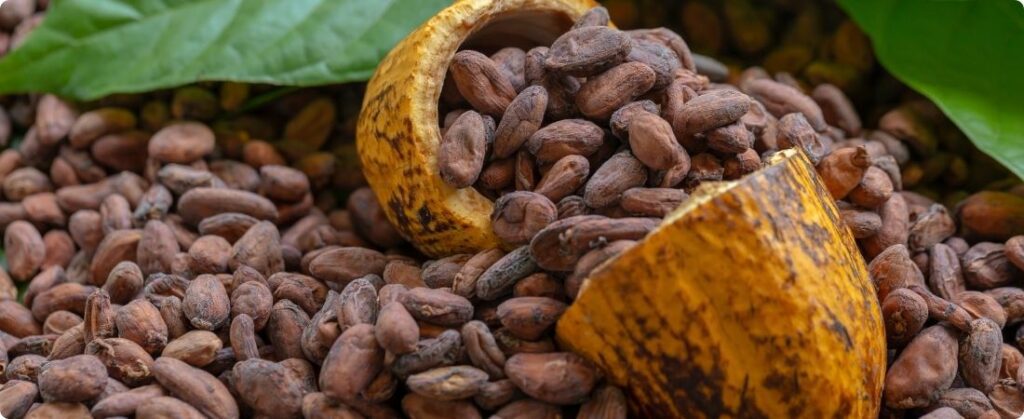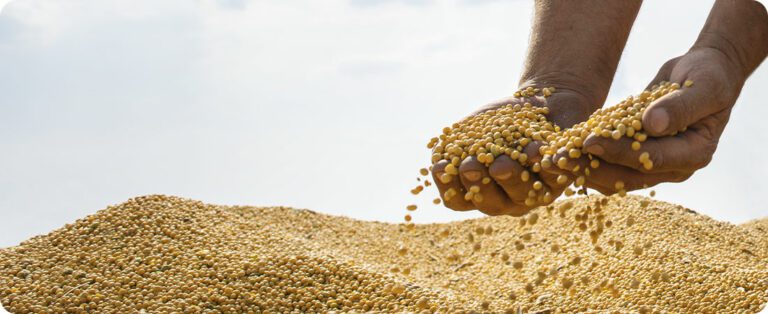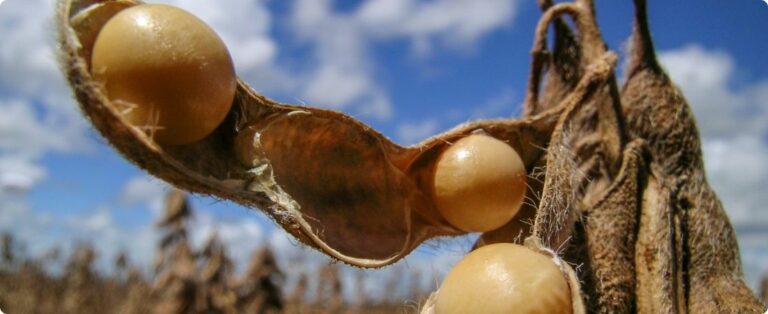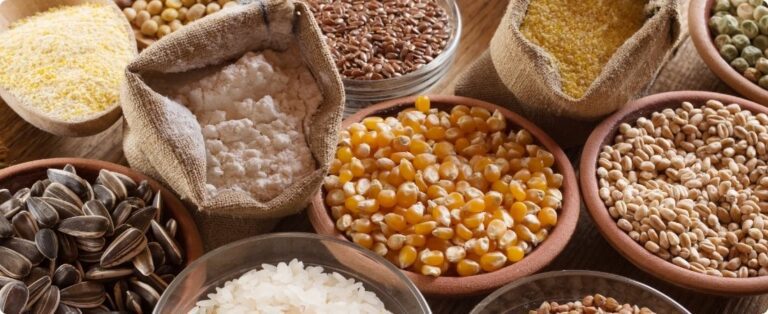
Cocoa farmers in Ivory Coast, the world's biggest producer, warn that insufficient rains could harm both the quality and size of the mid-season crop, which runs from April to September.
Farmers said they feared that any grain that matures in time for next month's market would be small and of poor quality compared to last year and warned of a supply shortage from July to mid-August as the consequences of dry weather persist.
Ivory Coast is now in the rainy season, which officially runs from April to mid-November, but so far rainfall has been sparse and concern is growing.
Impact on crops and expectations
In the central-western region of Daloa and the central regions of Bongouanou and Yamoussoukro, where rainfall has been below average, farmers said that unlike last season, they no longer believe the mid-season harvest will be as long and extensive. Furthermore, they do not expect to process significant volumes of beans from July onwards.
“The heavy rains are taking a long time to arrive. So the mid-season crop will not last long this year. There will be quality issues,” said Albert N’Zue, who farms near Daloa, where 14.1 millimeters (5.7 inches) of rain fell last week. However, that was 7.5 millimeters (0.7 inches) below the five-year average.
Production should fall
In the central-western region of Daloa and the central regions of Bongouanou and Yamoussoukro, where rainfall has been below average, farmers said they no longer expect the mid-season harvest to be as long and extensive as last season. They also do not expect to process significant volumes of beans from July onwards.
“Heavy rains are taking their time to arrive. “The mid-season crop will not last long this year. There will be quality issues,” said Albert N’Zue. He farms near Daloa, where 14.1 millimeters (5.7 inches) of rain fell last week. That was 7.5 millimeters (0.7 inches) below the five-year average.
Situation in other regions
In the western region of Soubre, in the southern regions of Agboville and Divo, and in the eastern region of
In Abengourou, where rainfall was also below average, farmers said the mid-season harvest would start to pick up next week. They said a plentiful supply would emerge from the bush from May.
They added that buyers were still ordering large quantities of grain, but supplies were currently tight.
The average weekly temperature ranged from 27.6 to 31.2 degrees Celsius (81.7 to 88.2 degrees Fahrenheit).
Source: Loucoumane Coulibaly, Ayen Deng Bior and Mark Potter | Notícias Agrícolas















